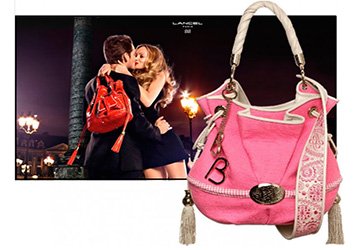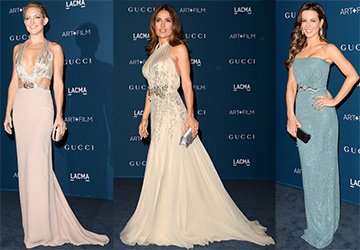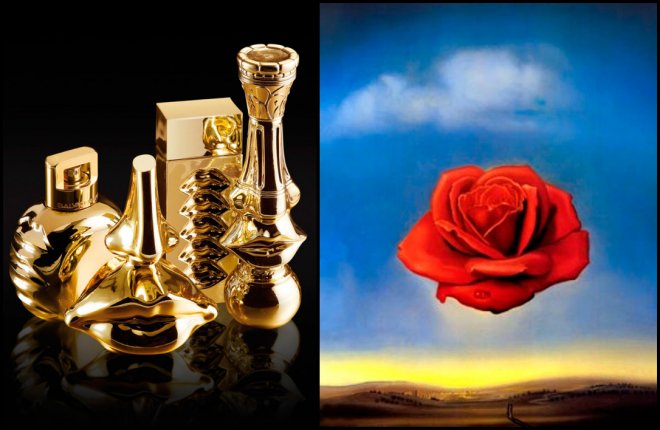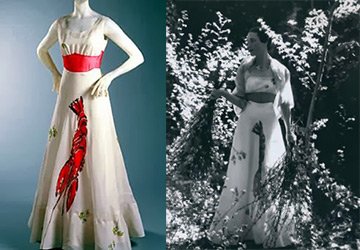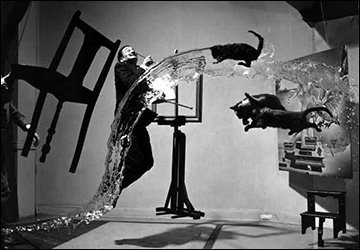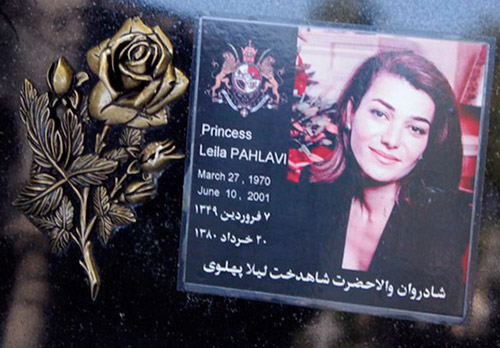Art
How to raise geniuses: instruction from Gala Dali
"Gala became the salt of my life, my double, she is me"
Long before she became Gala (and even before she became Gala Dali), Elena Ivanovna Dyakonova was a native of Kazan. Another retelling of her biography is an unremarkable literary affair, which I will leave to Wikipedia and works like “Gala and Dali. A life told by herself ”.
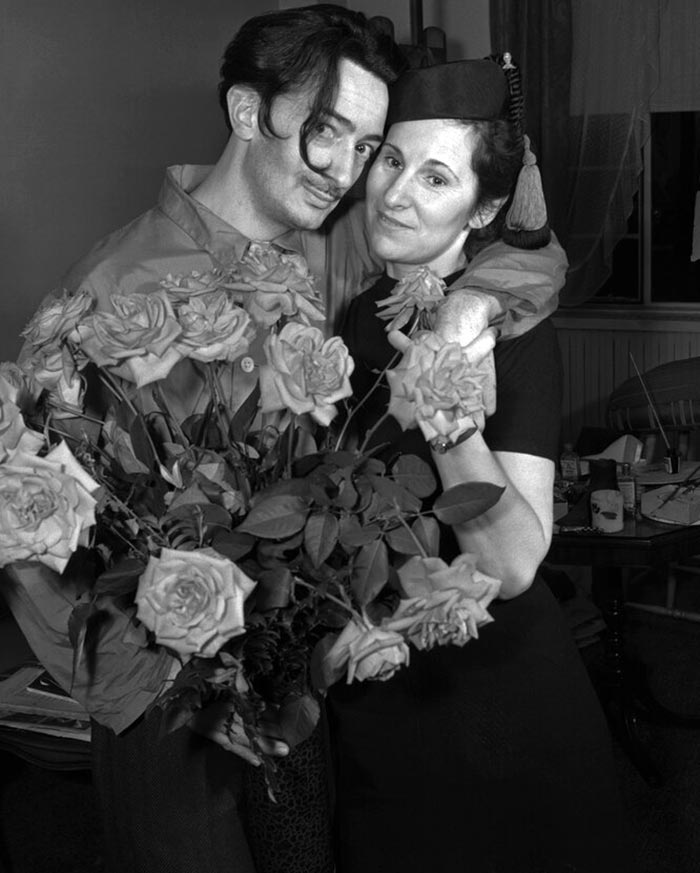
It is undoubtedly exciting to plunge into the world of love of the whole life of the famous Spanish surrealist, whom he idolized and "loved more than his mother." However, in this article I want to tell as little as possible about the “traditional” way of getting to know Gala, and bring to the fore the little-known, uncommon facts from her life, which was shrouded in an aura of mystery not only for society, friends, historians, writers, but also for her husbands.
Her first husband, Eugene Grendel, known to the world as Paul Eluard, said that Gala was always an unsolved mystery for him. Dali, in awe of his beloved, highly appreciated the riddle in the personality of Gala.
She knew how to obfuscate traces, composing stories of her origin. It is not surprising that such a lively mind, incredible charm and vivid imagination "played into the hands" in the future formation of geniuses: Eluard and Dali, as well as the appearance of Gala's numerous lovers younger than her in age.
According to popular belief, Elena was born in Kazan in 1894. However, this fact is refuted by Kazan ethnographers due to the lack of documented sources. And even the house in which she allegedly lived from birth until her father's death in 1905 never belonged to their family (“Was there a boy?”).
Nickname "Gala" has two “origins”: all her childhood, her mother preferred to call her eldest daughter Galya, but it was difficult for Europeans to pronounce “Galya”, so it was transformed into Gala. In French, "gala" means "fun, celebration." The second version is due to Paul Eluard (by the way, there is an opinion that this pseudonym was invented by Gala so that his poems would sell better). It was thanks to the appearance of a Russian girl that his life revived, got meaning, and he called Elena Gala: a holiday that is always with him.
After the death of her father, her mother, Antonina Dyakonova, moved to Moscow and there she met the lawyer Dmitry Gomberg. His influence on the lives of children, especially Gala, was colossal. He did not skimp on education: Gala studied at the prestigious Lyceum Bryukhonenko (by the way, it was here that she made friends with the Tsvetaev sisters), having only high marks in the report card.
However, the health of the future muse of world art was not so good: at the age of 17, she was sent for treatment to Switzerland, to the Clavadel sanatorium, due to exacerbated tuberculosis. And, as they say, "everything that is not done" - it was there that she met her future husband, even then the unknown poet Eugene Grendel. The harsh, cold, closed nature Gala was melted by the poems of Eugene, which he read to her every evening. She deeply believed in his talent and the future of the great poet.
Eugene's father was not happy with their relationship, trying in every possible way to prevent the union of lovers. And here for the first time a flexible, resourceful mind and female cunning appear: Gala literally throws letters to Eugene's mother, and soon she takes the side of her son and future daughter-in-law.
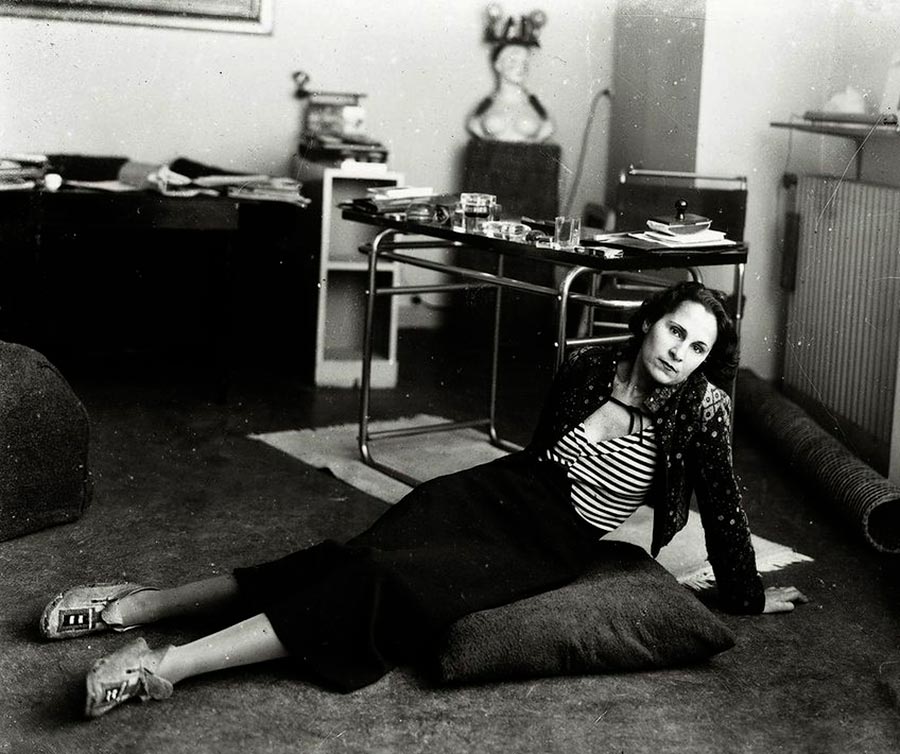
In 1917, Gala said yes, and in 1918 their only daughter, Cecile, was born. But even the birth of a child did not awaken the maternal instinct in Gal, so she never raised her daughter, and when she was 11 years old, she completely abandoned her with her father.
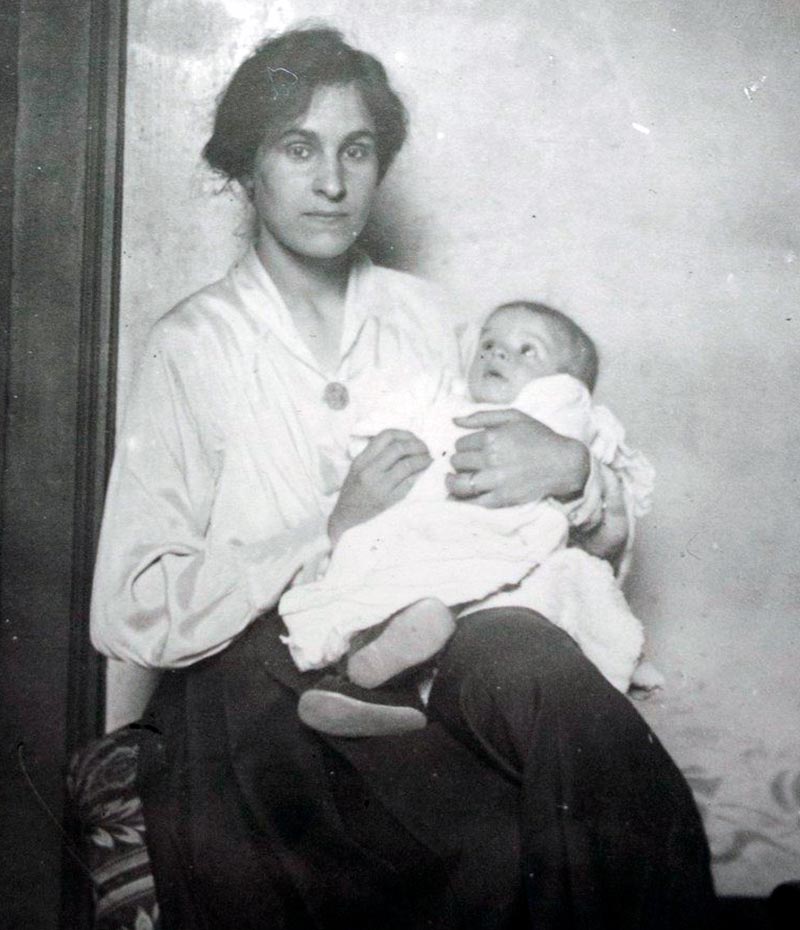
In 1921, the Eluard couple moved to Cologne to the artist Max Ernst and his wife Lou.Soon, a relationship will start between Max and Gala, which they will not hide from anyone. It turns out a kind of "Swedish family" at the beginning of the twentieth century: Paul, Gala and Max (Lou left her wife after learning about his adultery). The love triangle (spoiler: as the marriage of Paul and Gala) was not destined to last forever: in 1929 Eluard brought Gala to the Spanish city of Cadaques, introducing Salvador Dali there ...
Gala even then saw the beginnings of a genius and, dropping the phrase: “My baby, we will never part again!”, Her husband had to leave for France alone.
The relationship of these two madmen will last until the end of her days.
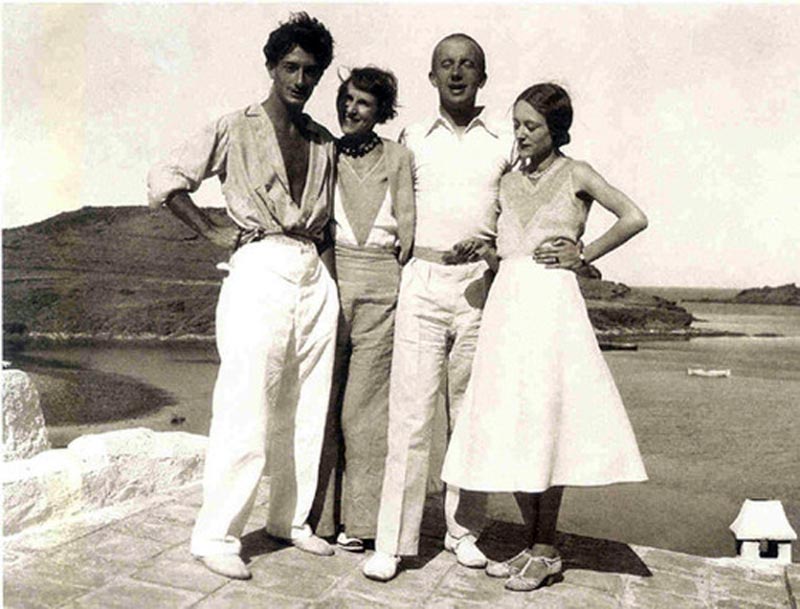
She was not only his muse, wife and model, but also took on the role of managing "earthly affairs": paying bills, finding buyers and galleries for an exhibition of works, negotiating, PR, income management. By the way, the opinion about the greed of Gala is very widespread: she loved the ringing of the coin so much that she locked the artist in the studio so that he could paint another picture, leaving Dali with the opportunity to plunge into creativity.
Their couple was too colorful and incomprehensible to society, but the lovers did not care about outside opinions. Despite her outward unattractiveness, Gala, without knowing it, forever captivated the heart of a careless artist, who, by the way, was ten years younger (it seems that Gala was not completely devoid of maternal instinct, but it did not extend to the offspring, but to beloved men).
El Salvador was a darling since childhood, which later grew into narcissism. However, even possessing one of the most "quarrelsome" qualities of character, Dali wrote at least a dozen paintings with Gala. He saw himself in her, he loved her (and through her he loved himself)
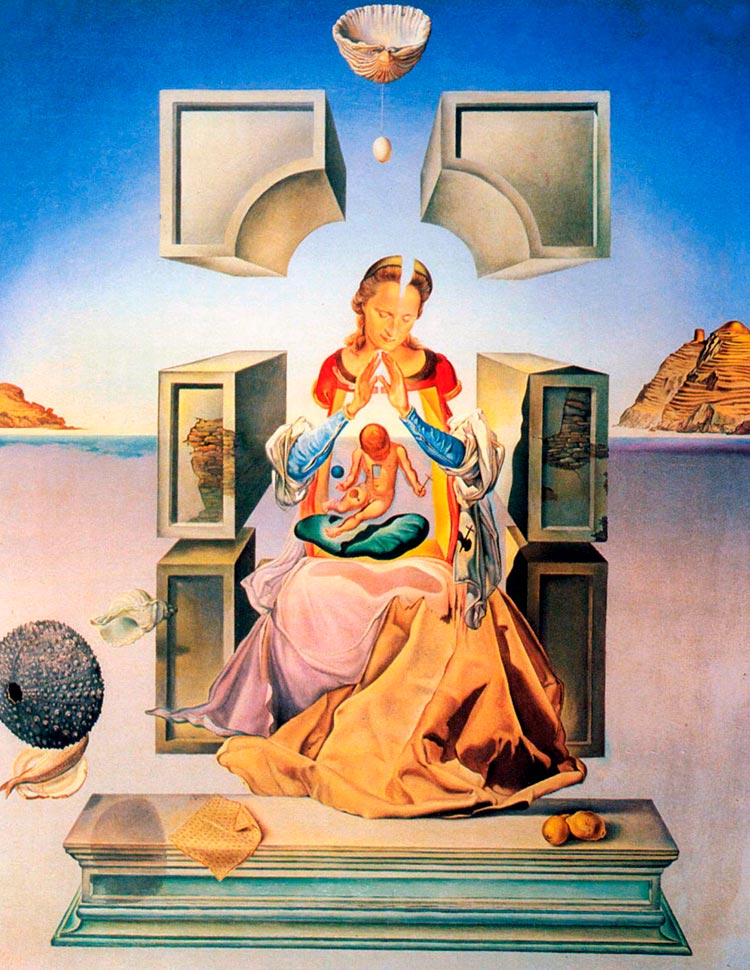
On the eve of World War II, the Gala takes Dali away from troubled Spain to the United States, accepting an invitation from one of El Salvador's fans. By the time she left Europe, where Dali already had a name, and in America only had to declare herself, this did not stop Gala: she had remarkable self-confidence. The Hampton Menor became the most productive stage in all the work of Salvador Dali.
At first, the guests behaved modestly, and then turned into “hosts” whose demands were met immediately: it was forbidden to enter Dali's workshop for everyone except Gala. A white piano on the lawn and a foal is an absolute fix idea, but even it was executed in the shortest possible time. It was impossible to resist the imperious character of this woman (she was like that with everyone except her Dali).
Only 64 years old, Gala and Salvador Dali were married in a small chapel in France. She managed to shock even here: the bride appeared in the chapel in a flowered dress with a ruby necklace presented to her by the artist.
Time passed, and Gala was not getting younger. Her “well of eternal youth” (in addition to plastic surgeons) became young lovers. One of them was William Rothlein. 46 years younger than his chosen one, he shocked the world with his resemblance to young El Salvador. Gala and William were together for three years, until he suddenly died of an overdose. Her last lover was a young actor Jeff Fenholt, whom Gala gave gifts: a recording studio, Dali's paintings, a house for millions of dollars.
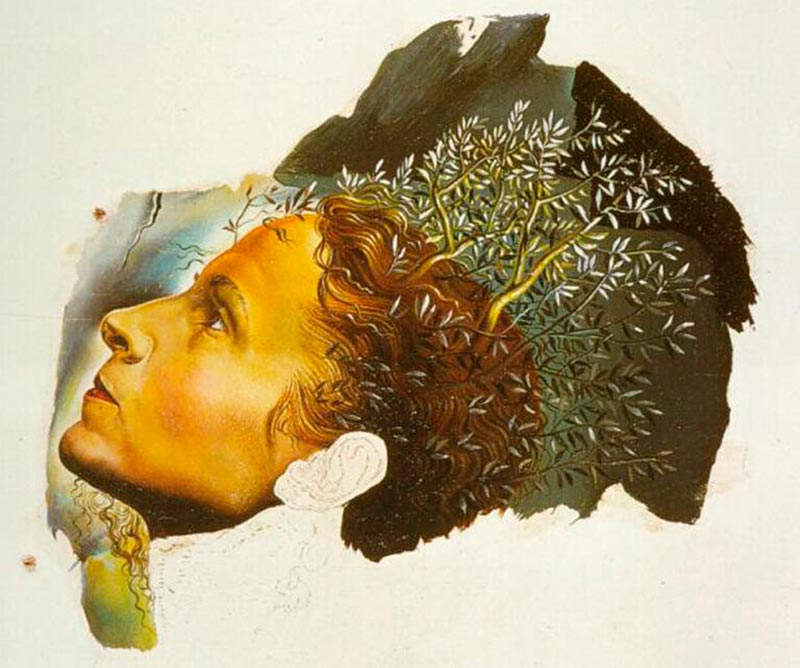
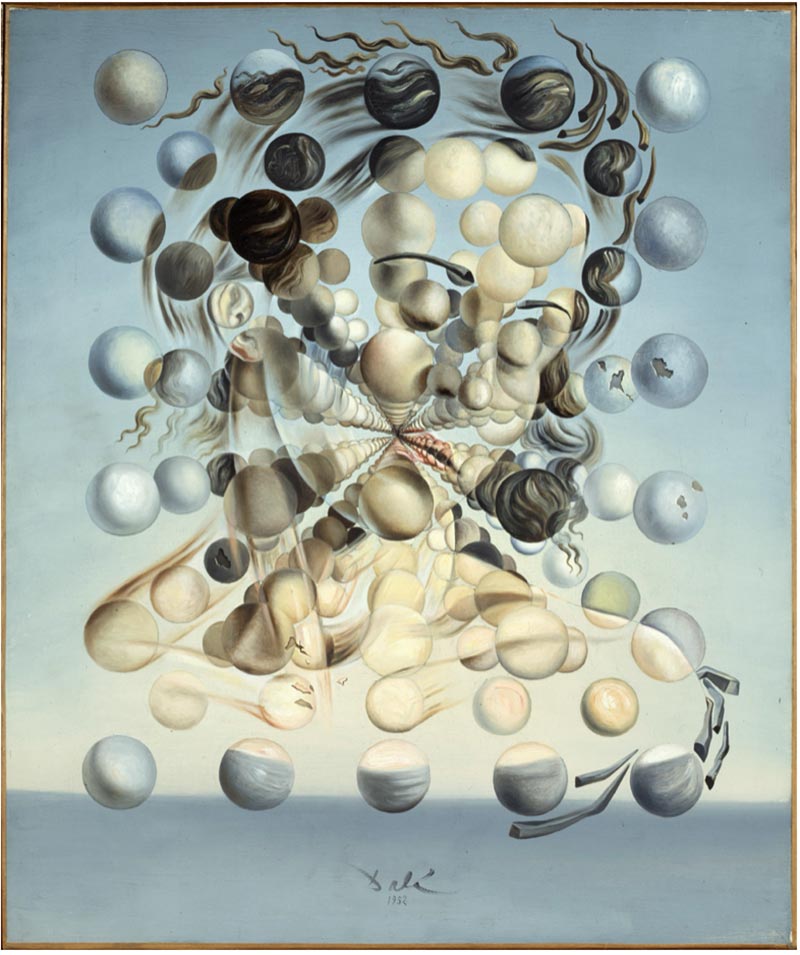
Gala died in 1982 and was buried in the chapel of the Pubol castle - a gift from her devoted genius Salvador Dali (in which, by the way, he could appear only with written consent). El Salvador very painfully endured her death: he did not go out and stopped painting, and seven years later he went after her.
During Dali's lifetime, the Gala-Salvador Dali Foundation was created, in which he was chairman until his death. And also this couple and the work of the Spanish artist have been devoted to many exhibitions. Recently: “Dali + Gala. Love & Sex ”was held in Moscow at the Yegor Altman Gallery from September 6 to November 15, 2024, and the second, in my opinion, the most remarkable is the exhibition“ Gala / Dali / Dior: Art and Fashion ”. I will tell you more about it.
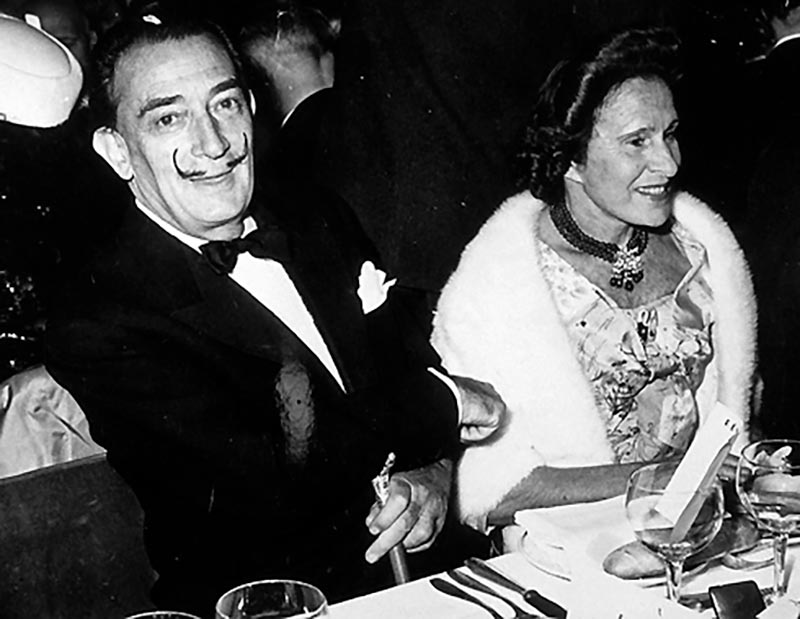
How can the names of Dali, who created his masterpieces, exclusively under the influence of psychotropic substances, which had an illogical, inconsistent, odious, sometimes “untranslatable” context, and Dior, who praised femininity and elegance, be connected?
Their first acquaintance took place in the early 30s, when Salvador, with the help of a punchy Gala, decides to make a name for himself in the world capital of art and fashion and exhibits his paintings in the small gallery of Pierre Coll, in which Christian Dior was a partner. Dali's revolutionary paintings, which stood out noticeably from the rest, attracted the attention of Monsieur Dior, the same Dior who wore the classic image of an office employee: two-piece suits with a black tie and a snow-white scarf in his breast pocket. He became a big fan of the outrageous Spanish artist, and in 1948 Salvador Dali in an interview with the New York Post noted that "Christian Dior was one of the first in Paris who worried about selling my invincible surrealist paintings." This is how a friendship developed between them, based on a passion for beauty, art and fashion.
On February 12, 1947, Christian Dior created his first revolutionary collection celebrating femininity, elegance and a new look for women in the mid-twentieth century - New Look. Gala, considered one of the most influential muses of the twentieth century, quickly saw in Dior's style an opportunity to improve her personal wardrobe. Supporting the ideas of the designer, she began to appear in his outfits.
One of the exhibitions organized by the Gala-Salvador Dali Foundation, called “Gala / Dalí / Dior. De arte y moda ”(Gala / Dali / Dior: Art and Fashion) was held at Pubol Castle from March 14, 2024 to January 6, 2024 (in the midst of a pandemic in the country with the strictest regulations). This year it aims to highlight the relationship between the famous couturier Christian Dior, an eccentric artist Salvador Dali and a great woman Galoythat stood behind them.
In addition to documentary materials and paintings from the archives of the Dali Foundation and the Dior Fashion House, the exhibition features some of the Gala's outfits that have not previously been exhibited at the castle: the Musée du Louvre dress from the Spring-Summer 1949 Haute Couture collection. She posed in it for Marvin Koner in New York in 1950. A Saint-Ouen coat with two pockets, and a blouse and cashmere long skirt set from Dior Boutique. Once in this image she was captured by Marc Lacroix in Port Ligat, and later in the same outfit in Pubol she was painted by Dali.
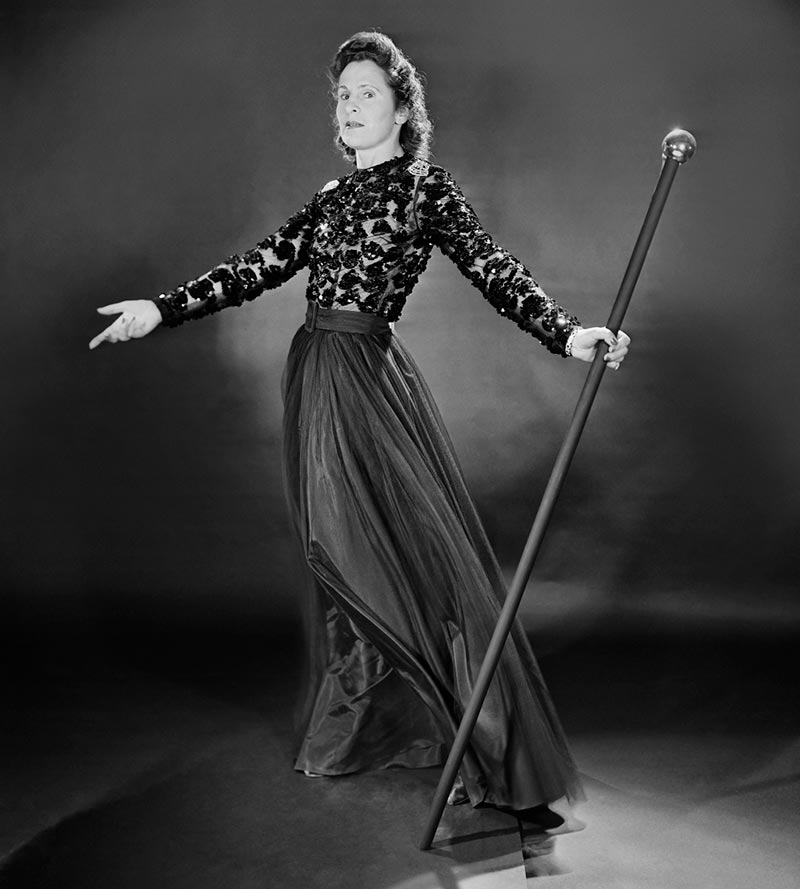
Comments and Reviews
Add a comment
Rating news
Shades of clothing that make women look younger
What shades of hair make women younger: rules and photos
Funny wedding dresses - photos and ideas
12 most expensive down jackets for the winter
How to look 25 at 40: tips from supermodels
Beautiful schoolgirls
Anti-aging haircuts and hairstyles for women
Fashionable skirts for autumn and winter
Fashionable women's trousers for the cold season
Fashionable and stylish sandals for summer 2024
Spring-summer 2024
 Fashionable dresses and tops with thin spaghetti straps
Fashionable dresses and tops with thin spaghetti straps
 Bandana tops: how to wear stylishly and beautifully
Bandana tops: how to wear stylishly and beautifully
 How to put together the perfect men's wardrobe for the summer
How to put together the perfect men's wardrobe for the summer
 Trendy shorts for spring-summer 2024
Trendy shorts for spring-summer 2024
 Fashionable skirts for spring-summer 2024: a guide to online shopping
Fashionable skirts for spring-summer 2024: a guide to online shopping
 The most fashionable dresses spring-summer 2024: styles and colors
The most fashionable dresses spring-summer 2024: styles and colors
 Fashionable total look 2024: image ideas and trends
Fashionable total look 2024: image ideas and trends
